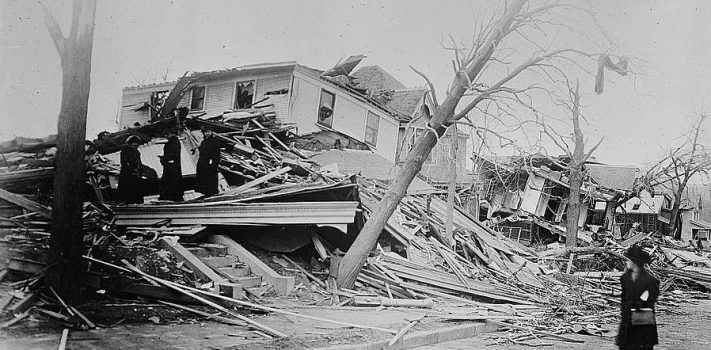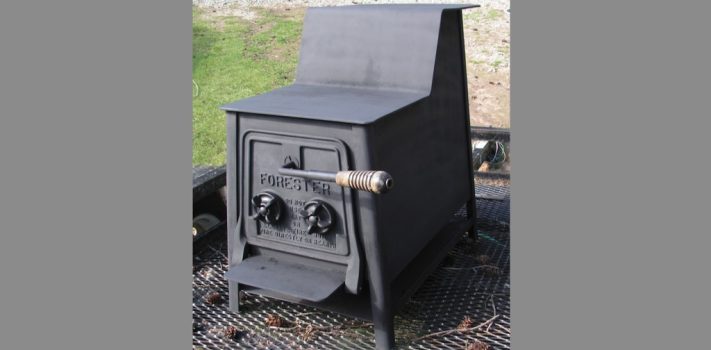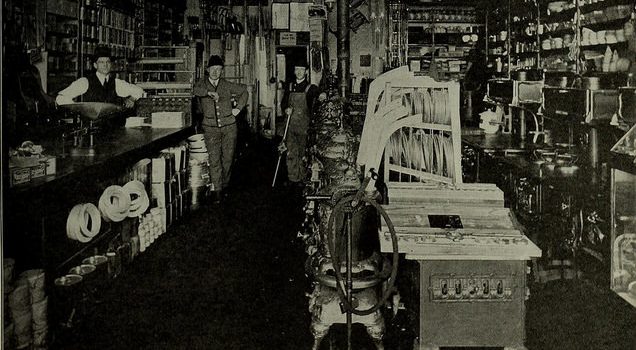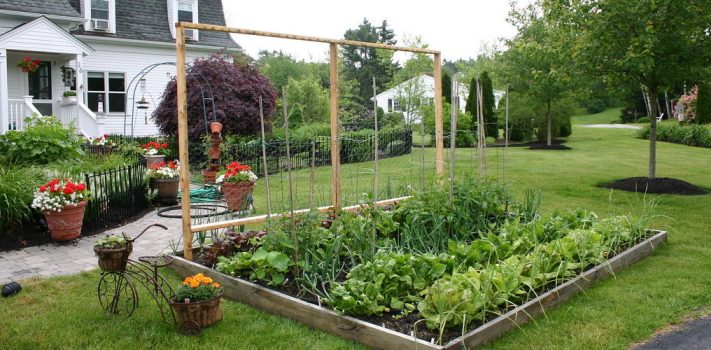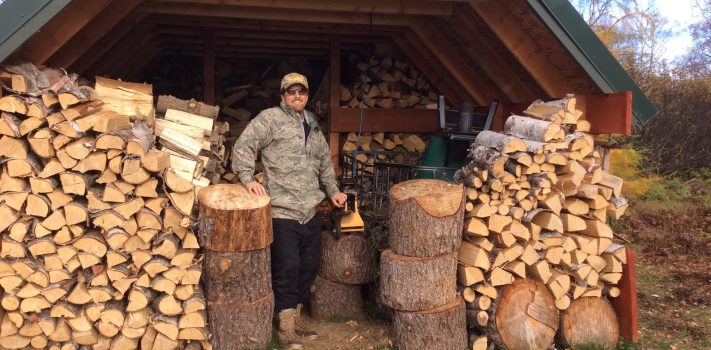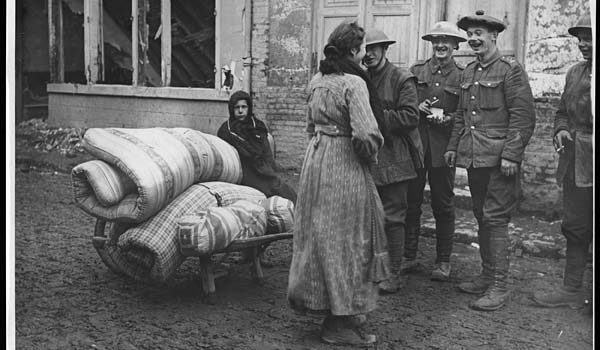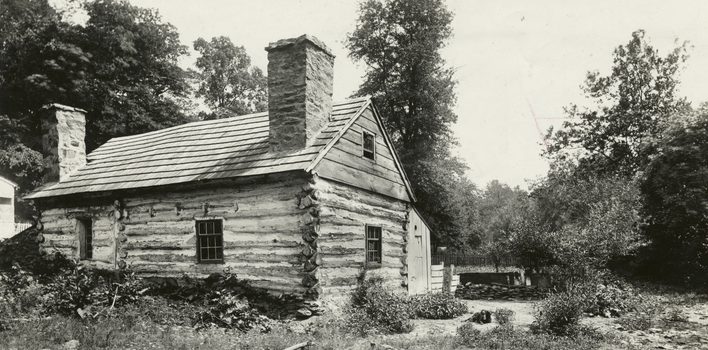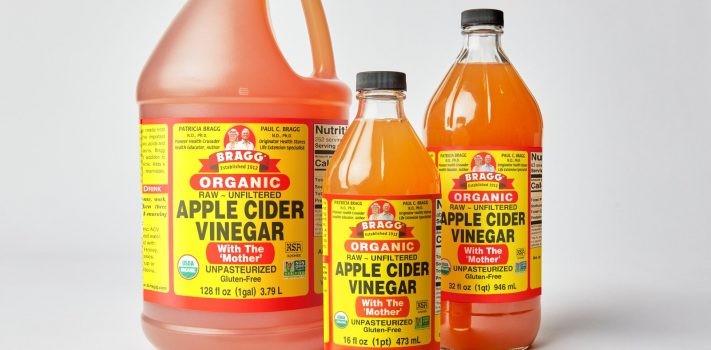Update: Budget Preparedness–Survival Isn’t About Stuff, It is About Skills
JWR’s Introductory Note: This is an update to an article that I wrote for SurvivalBlog back in June, 2008. It includes an adenda from my first wife Linda (“The Memsahib”), who passed away in 2009. It is part of a series of SurvivalBlog 20th Anniversary update re-posts, in recognition of the fact that the majority of readers did not join us until recent years. — I often stress that a key to survival is not what you have, but rather what you know. (See my Precepts of Rawlesian Survivalist Philosophy web page.) In part, I wrote: Skills Beat Gadgets and …


